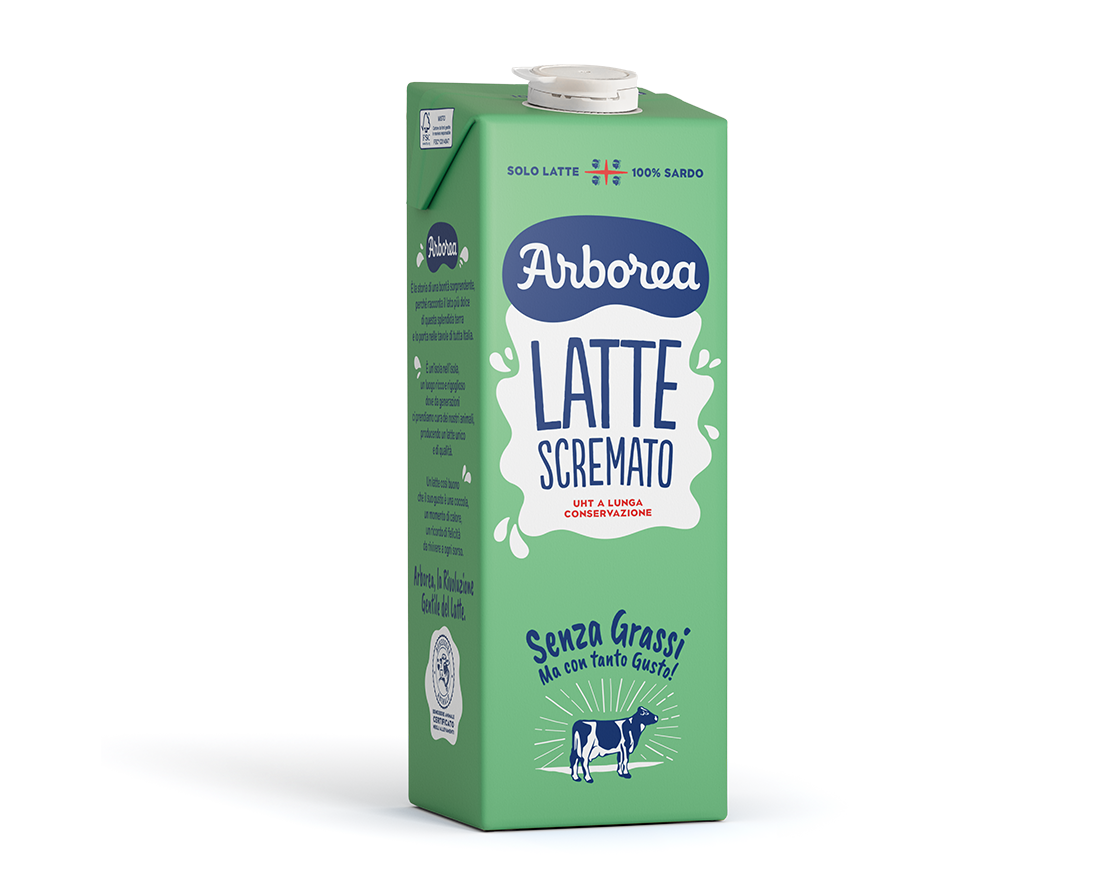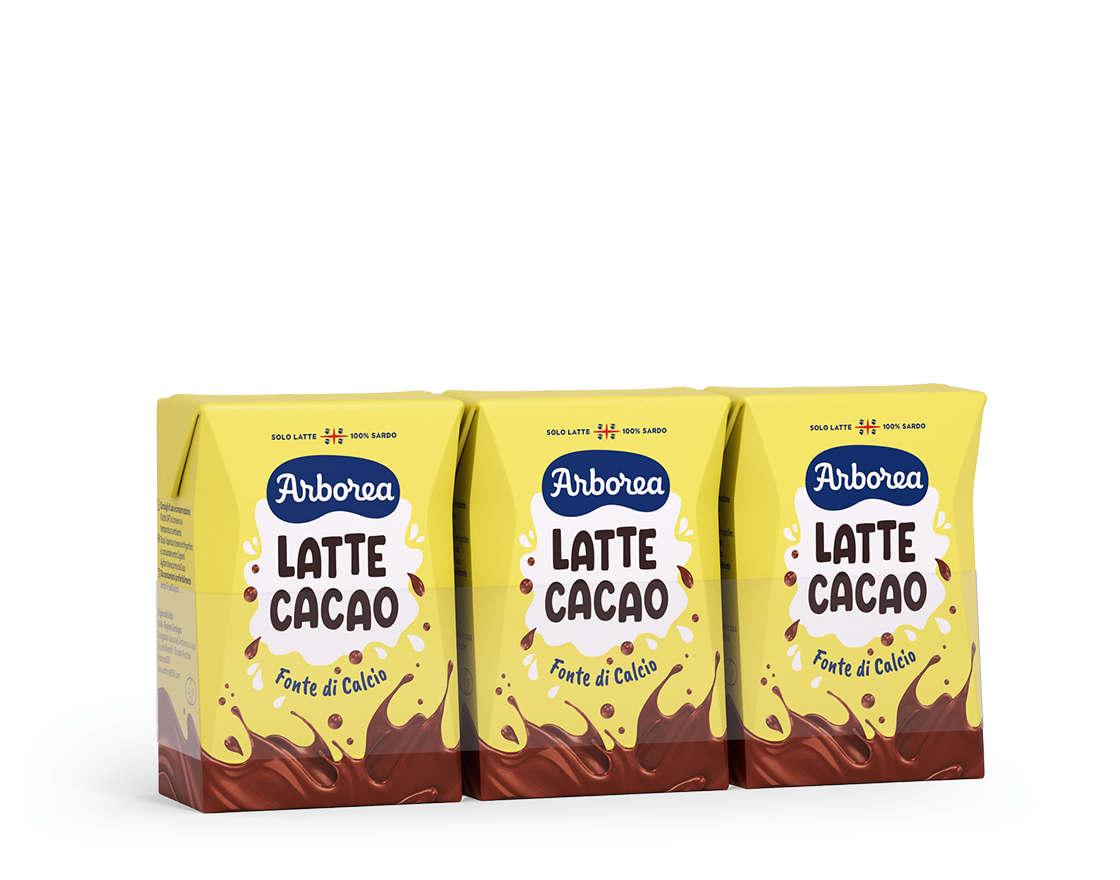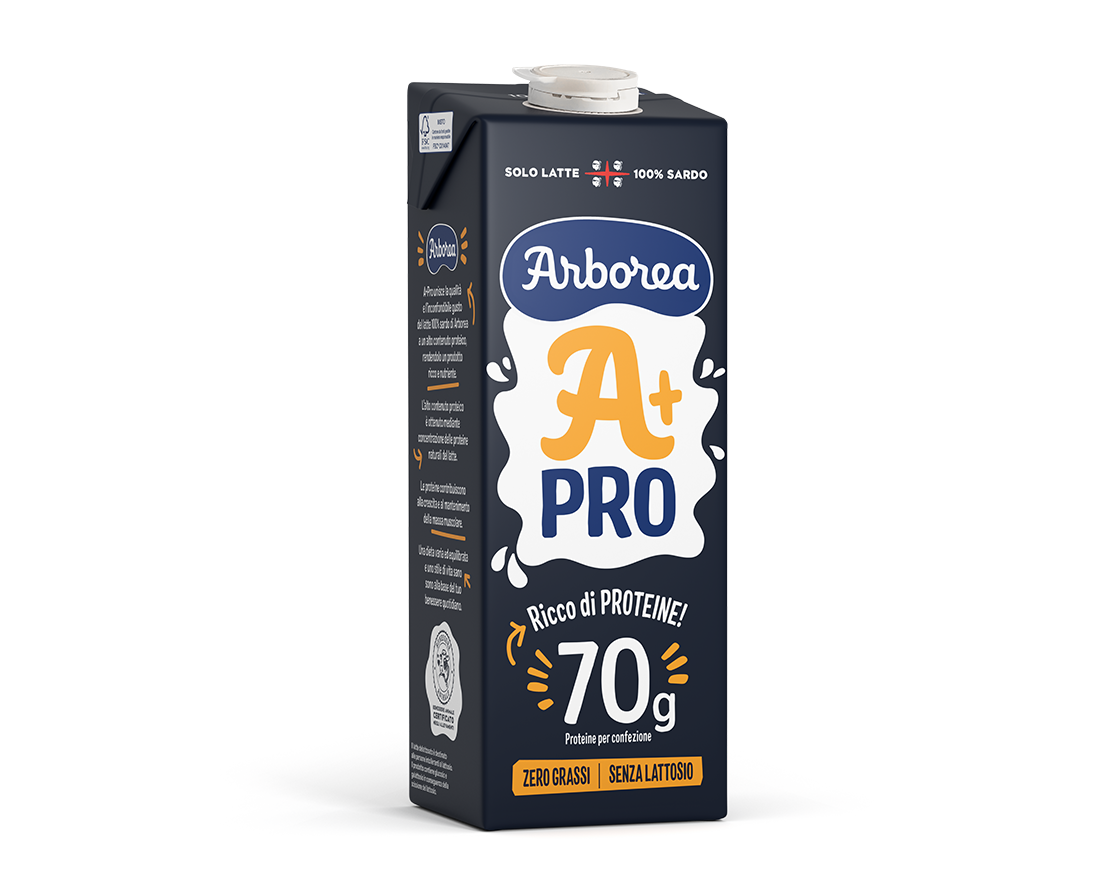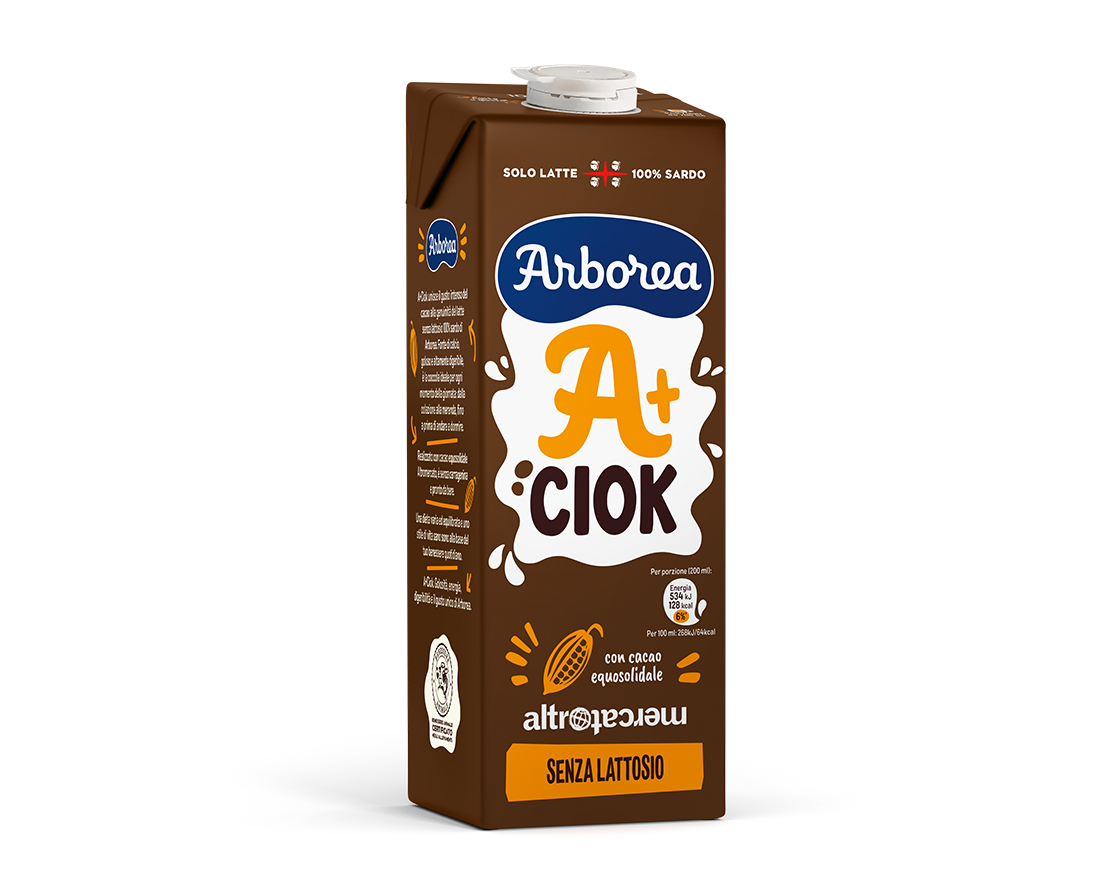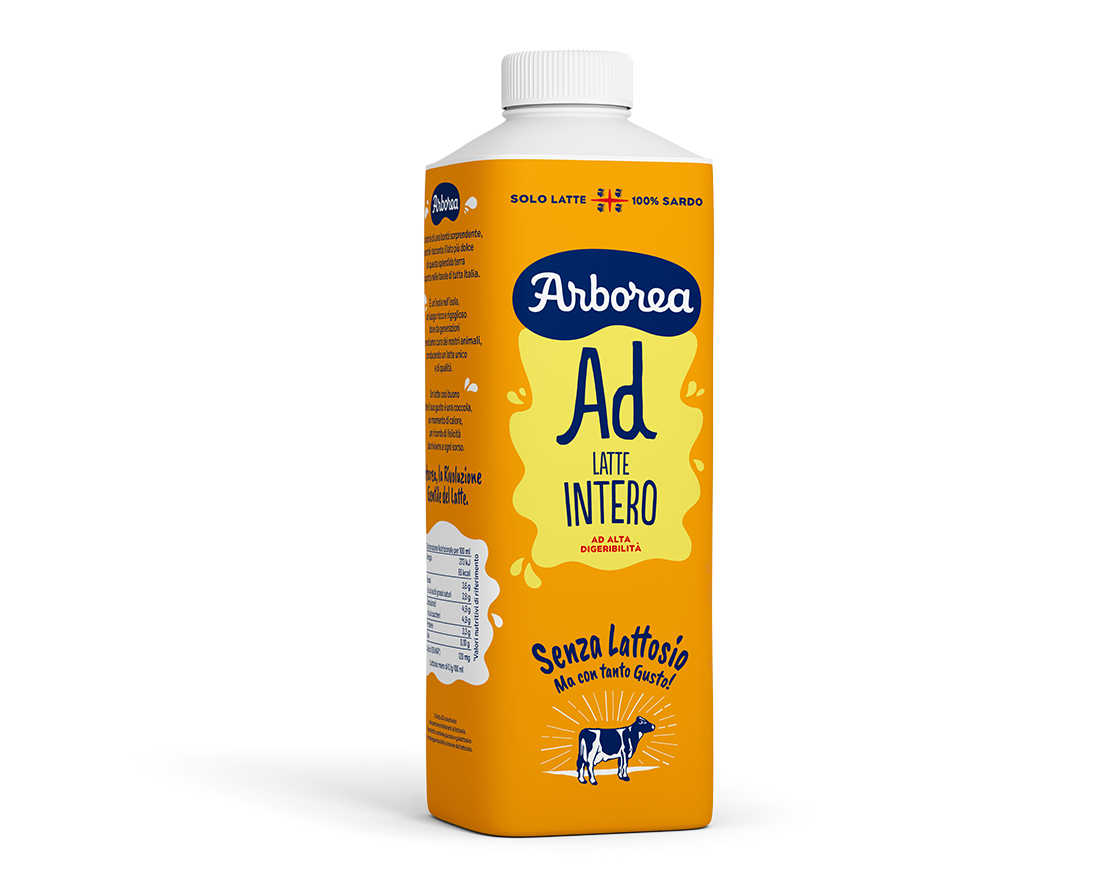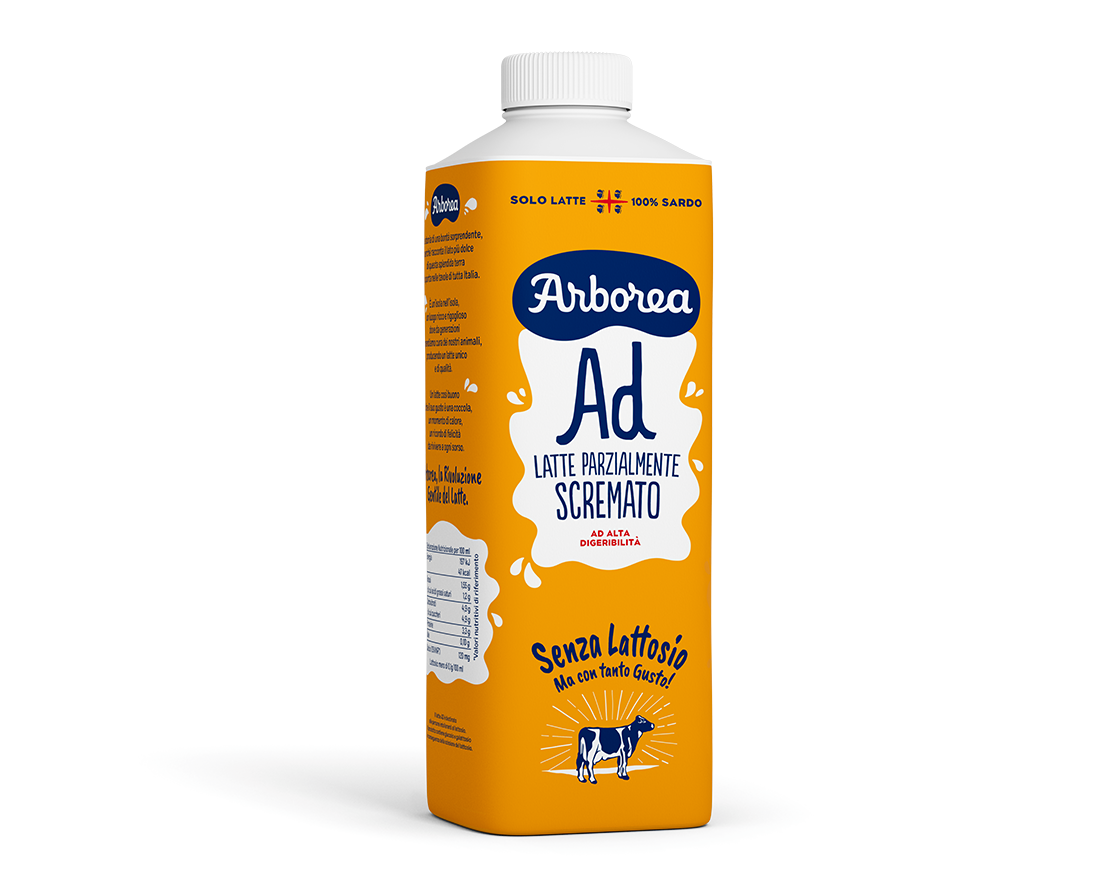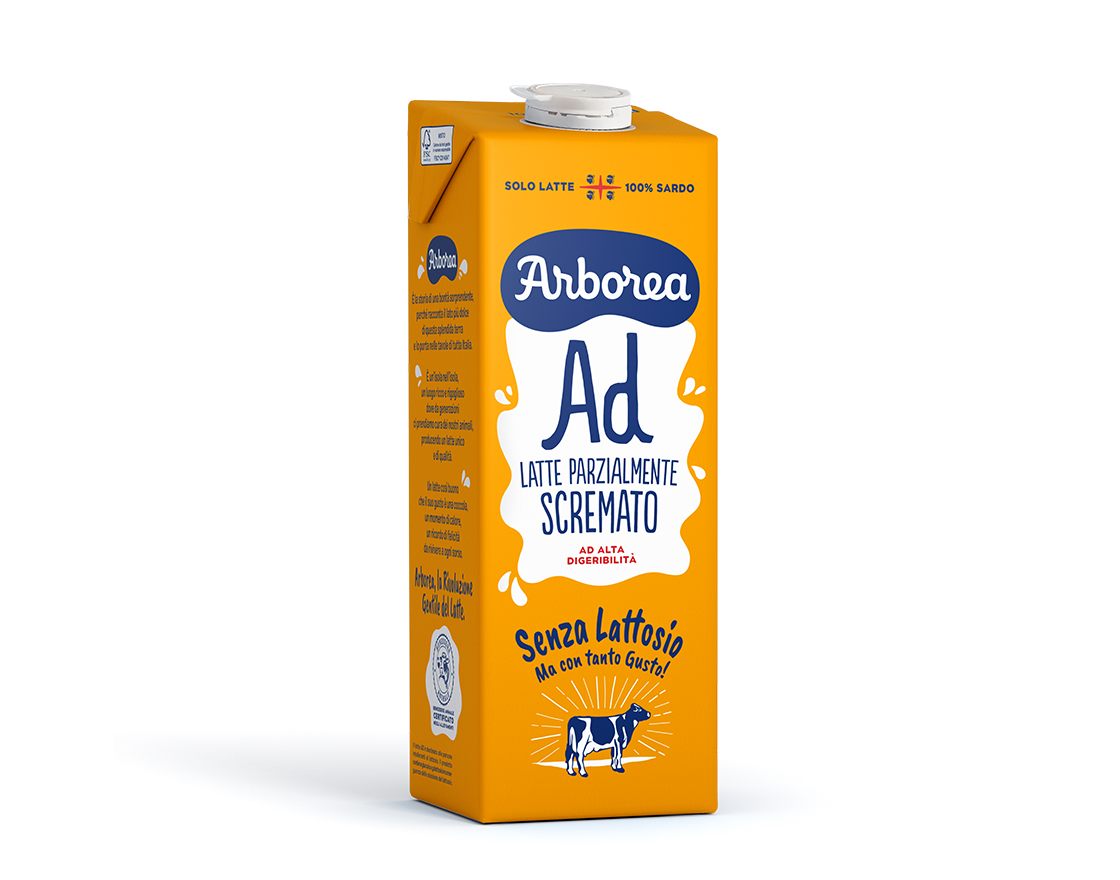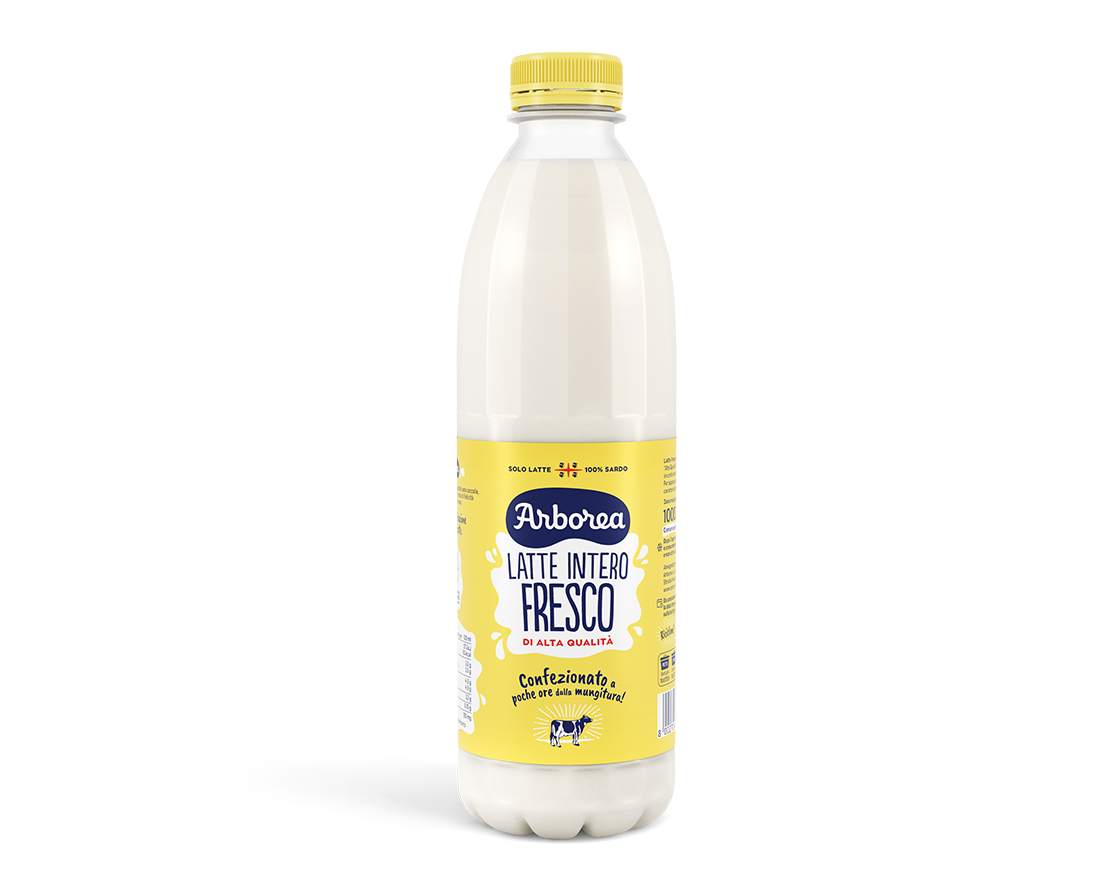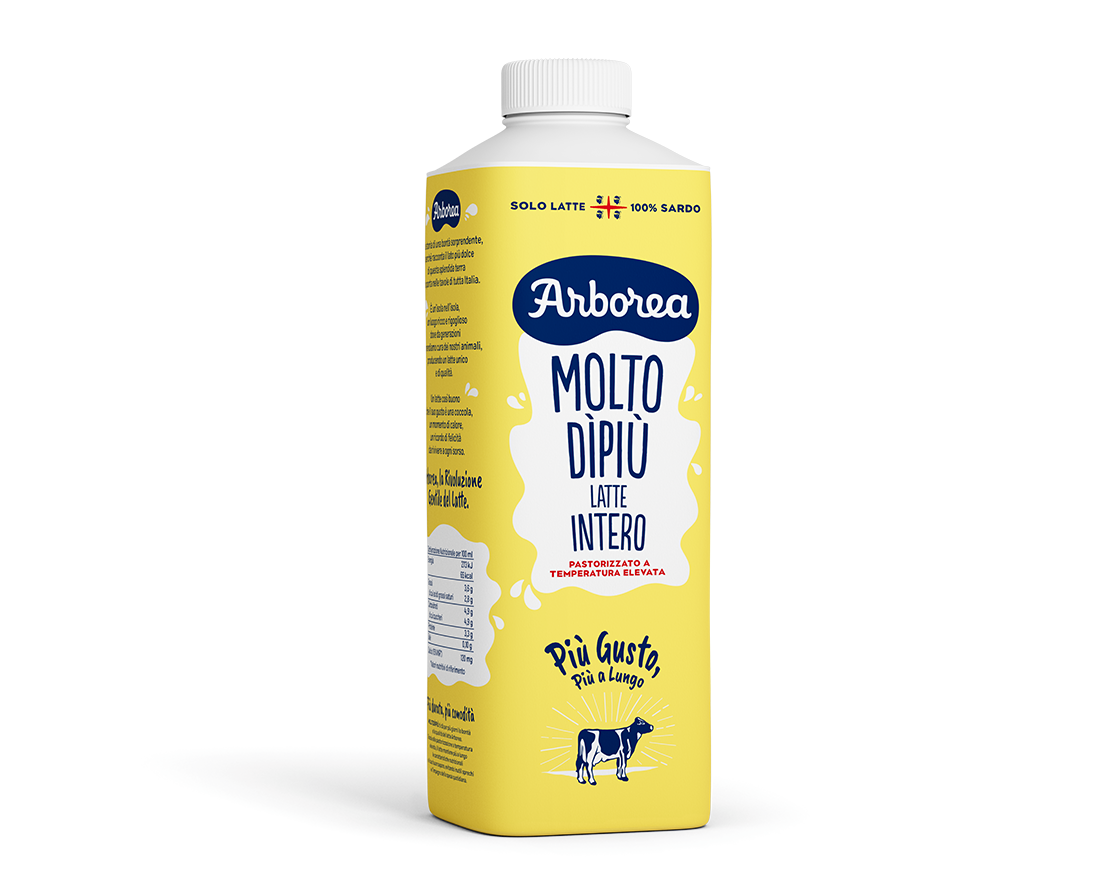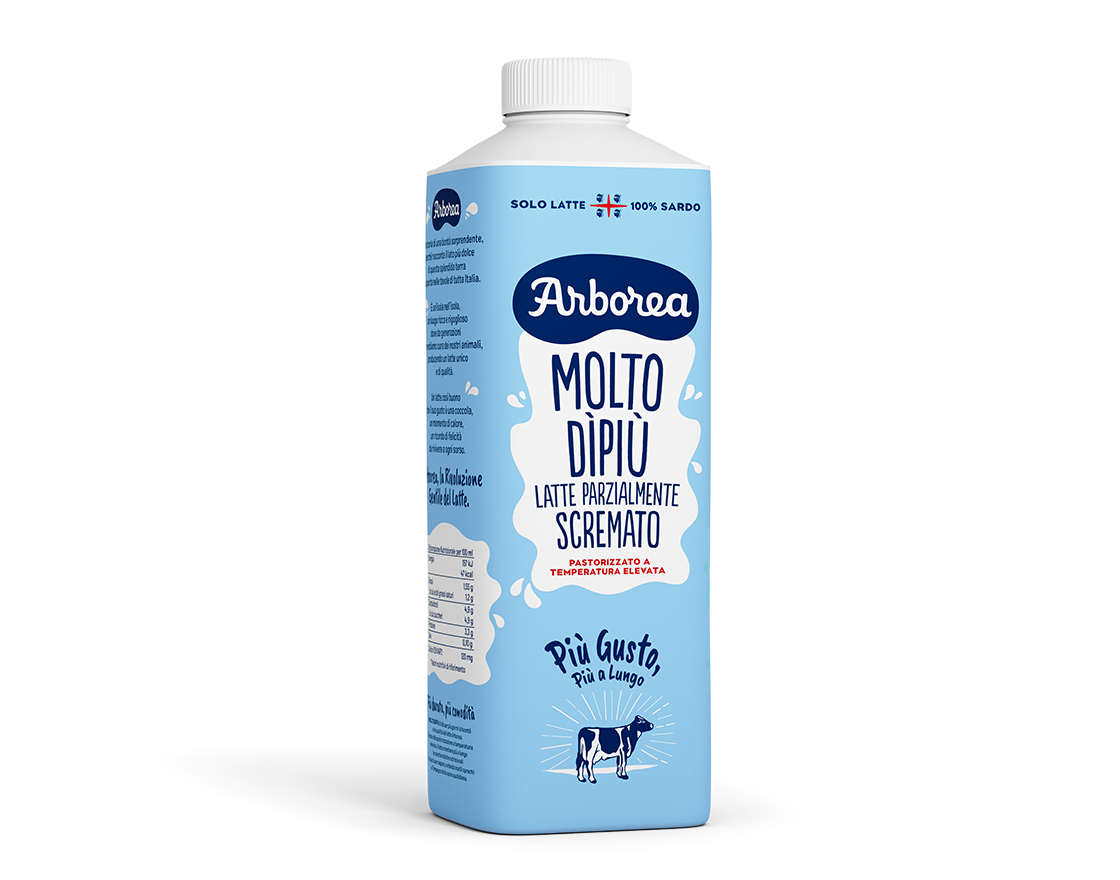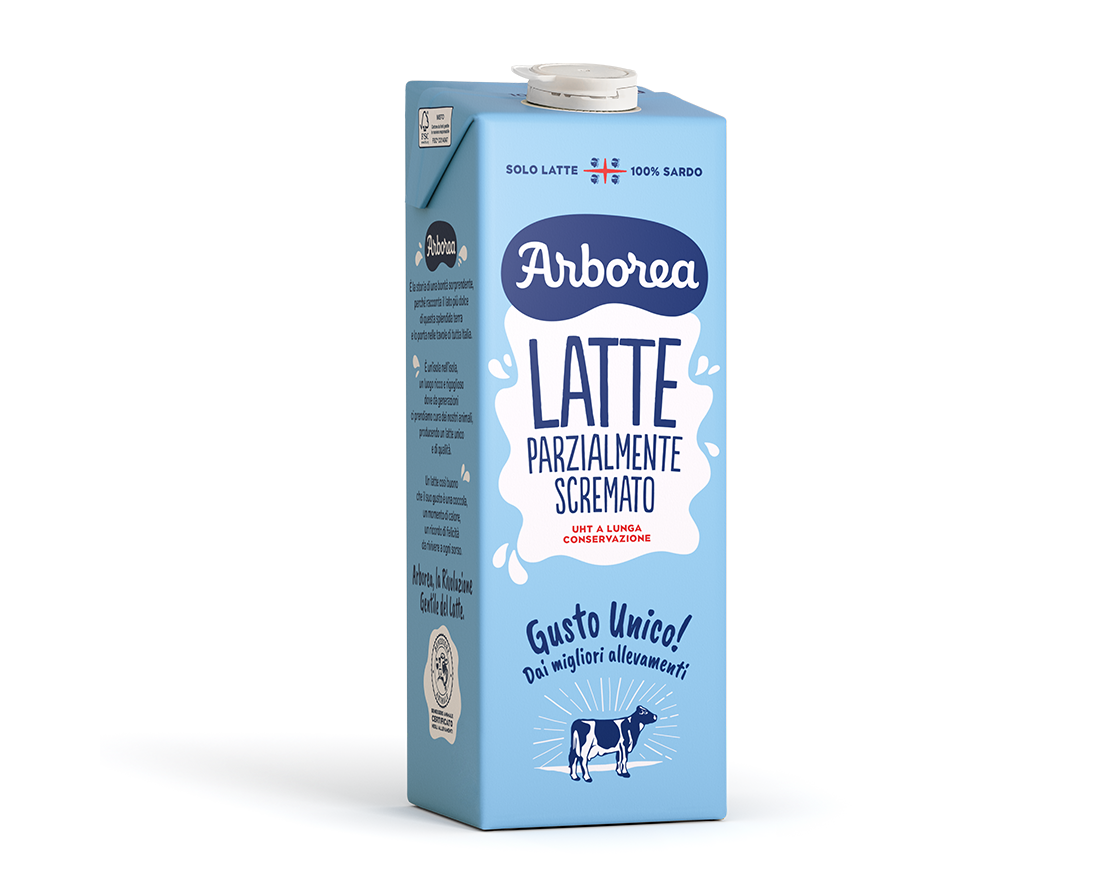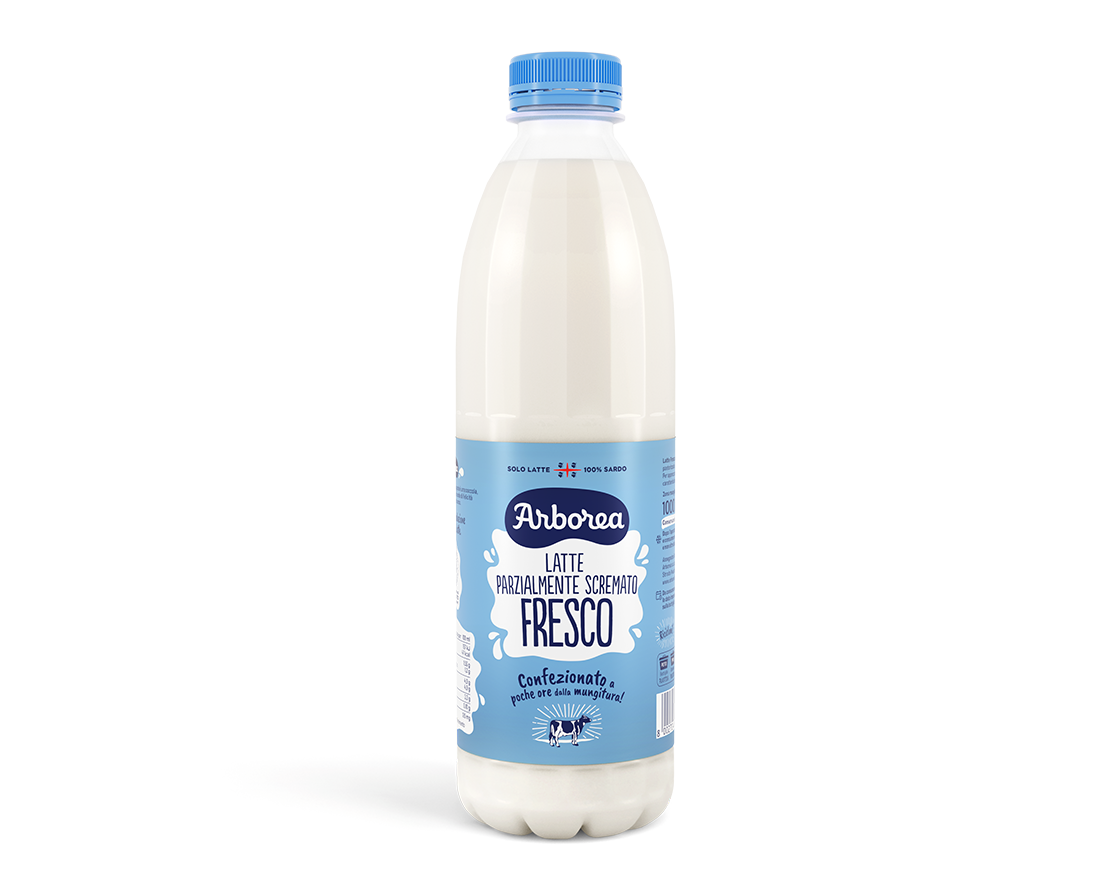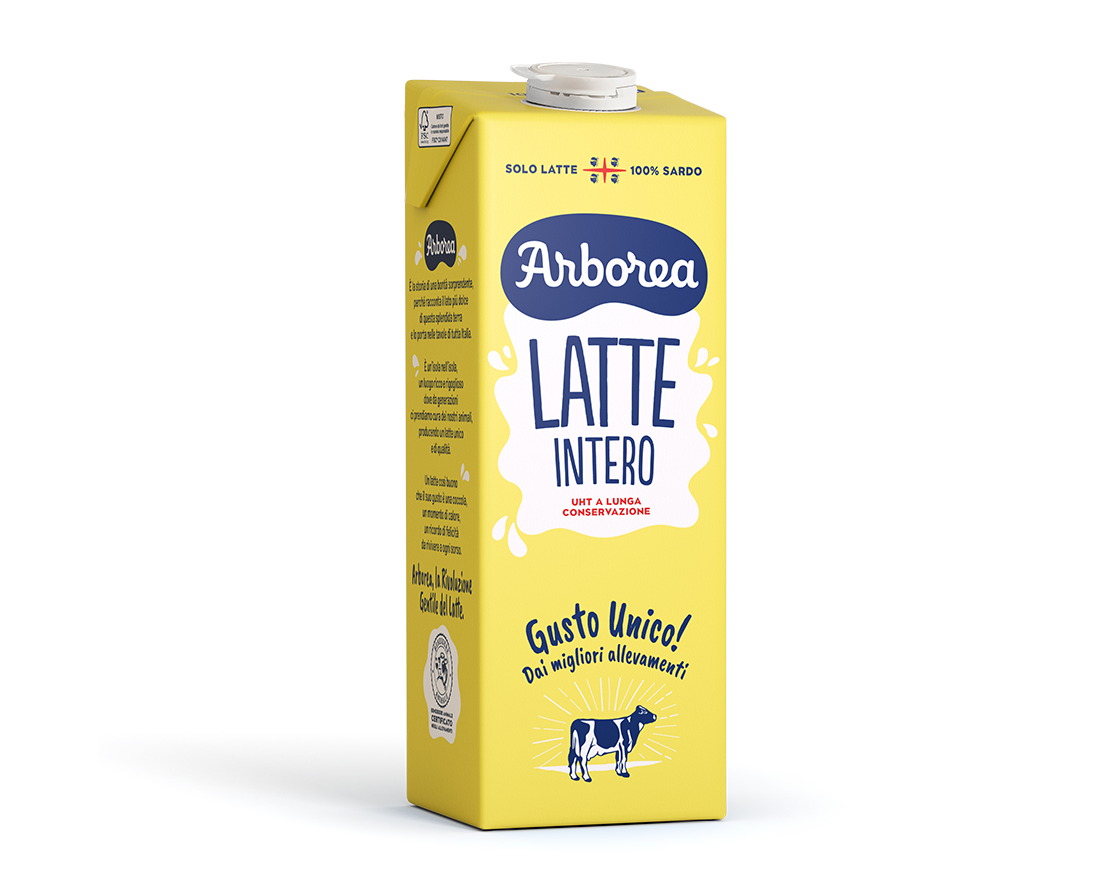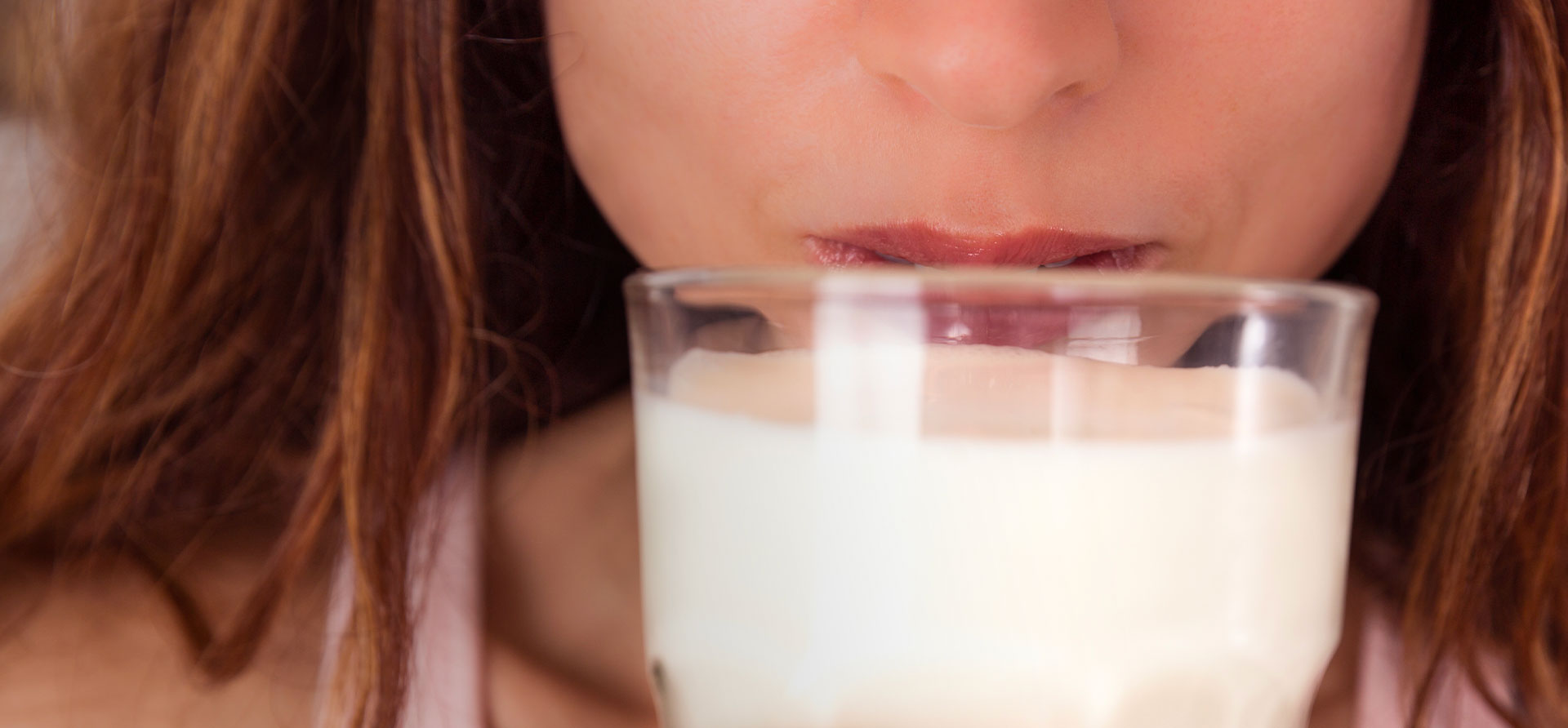
reading: 10 min
Pasteurized fresh milk: what it means and what its properties are
What does pasteurized milk mean?
When milked from a cow’s udder, it is sterile , but it immediately comes into contact with microorganisms present in the environment, on the utensils used, and on the animal itself, which may also contain pathogenic microorganisms . If untreated, the milk is considered raw milk and must be consumed only after boiling and within a few hours of milking. This particularly intensely flavored beverage is generally sold on farms or at milk dispensers.
To make it safe for human consumption, milk must be refrigerated immediately after milking and pasteurized . This is undoubtedly an essential control process for the food safety of this delicate product, eliminating any pathogenic bacteria present.
Fresh pasteurized milk is a safe, complete, and beneficial food , recommended for both children and adults. Milk is an excellent ally for our well-being thanks to its complete nutritional profile, characterized by a high protein content , but also vitamins, phosphorus, carbohydrates, and healthy fatty acids that provide energy to our body. Because it is a food product rich in minerals, especially calcium , milk consumption is necessary during growth as it contributes to the development of bones and teeth.
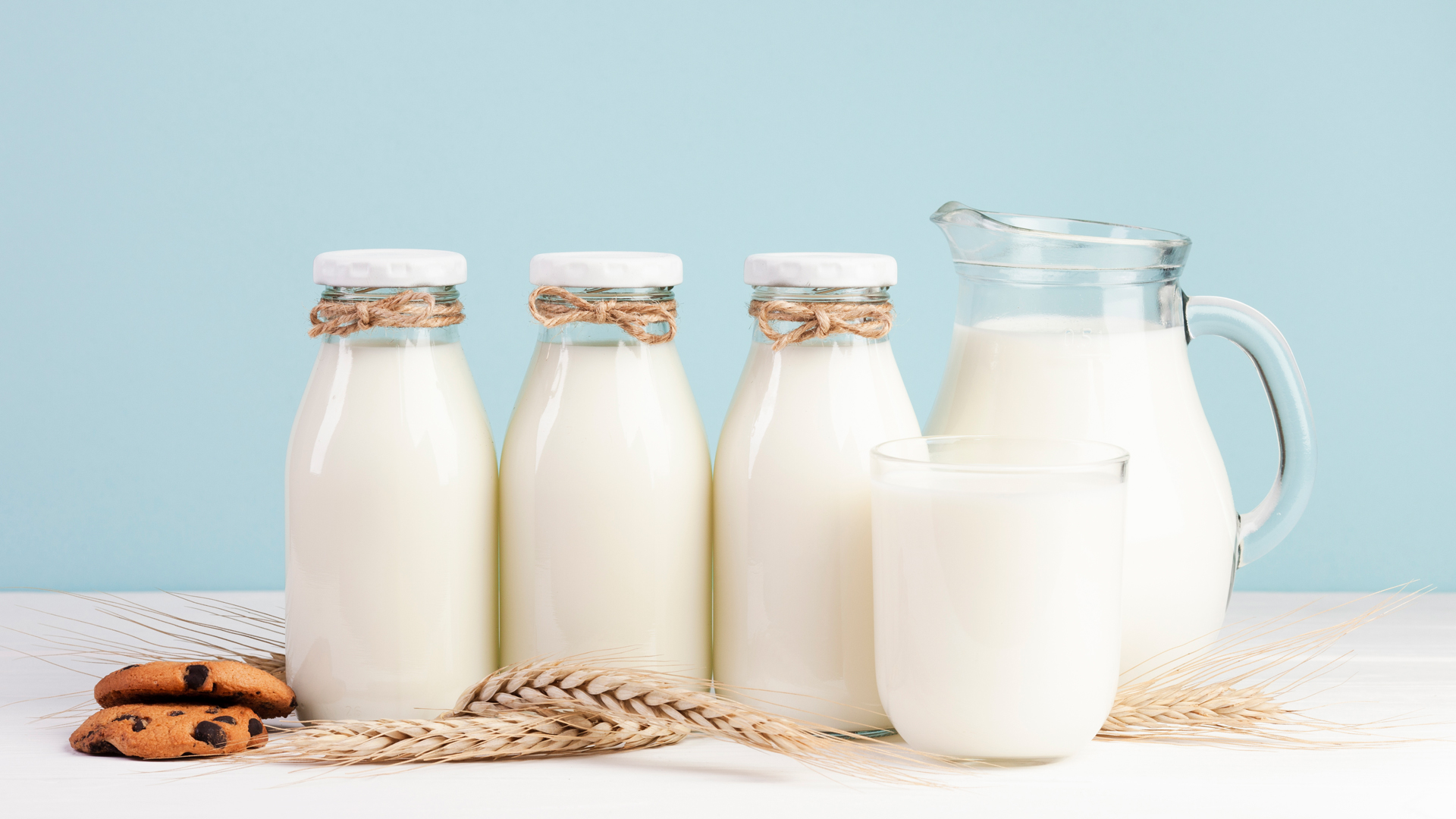

How milk pasteurization works
Let’s see in detail how milk pasteurization works!
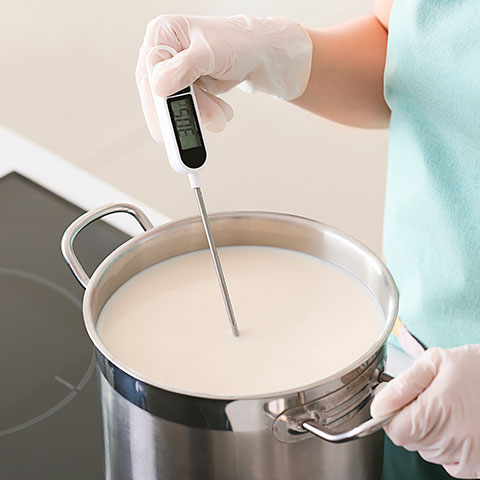
Milk is a highly perishable food; its complex composition, rich in nutrients in a watery matrix, makes it a perfect breeding ground for a variety of microorganisms. If left unheated and unrefrigerated, milk would spoil within hours, becoming acidic and coagulating due to bacteria that would convert its lactose into lactic acid. The pasteurization process extends the shelf life of milk and makes it completely safe to consume . Pasteurization has several advantages: on the one hand, it eliminates any microbes and pathogenic bacteria, and on the other, it prevents these microorganisms from using the milk’s nutrients to reproduce, causing rapid spoilage. At the same time, because it occurs at a moderate temperature, it preserves the organoleptic characteristics and the right amount of whey proteins, keeping them undenatured.
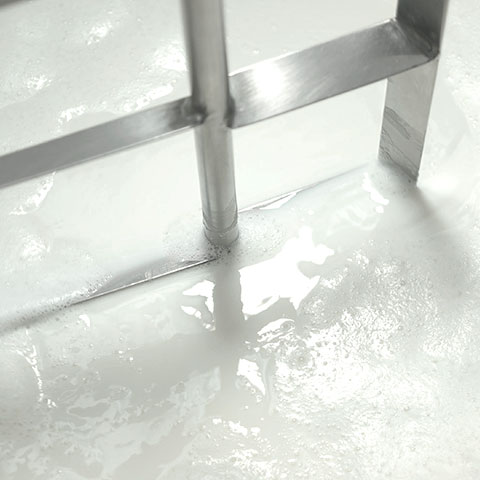
The pasteurization process, also called thermal regeneration, involves subjecting milk to a heat treatment at a temperature of 71.7-78°C for 15-20 seconds. The time/temperature combination can vary based on the characteristics of the starting milk and must ensure that the final product meets legal requirements. Bringing the milk to the specified temperatures eliminates all pathogenic microbes and bacteria present in the food that could pose a risk to human health. It also deactivates certain enzymes that would otherwise lead to the degradation of milk fats, compromising its organoleptic characteristics.
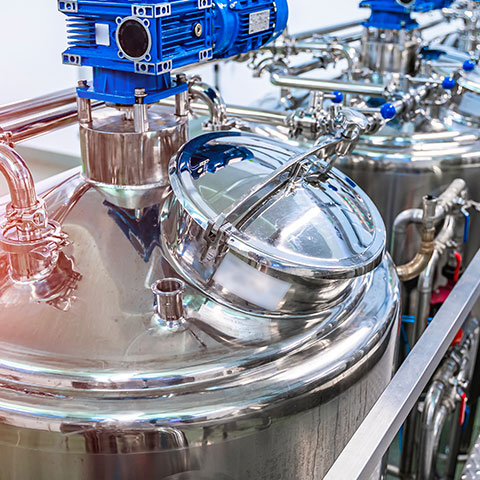
Raw milk is transported to the dairy processing plants for pasteurization. This process, of course, takes place in refrigerated or insulated containers . The pasteurization time depends on the initial hygiene and health characteristics of the raw milk, but in any case, it causes minimal alterations in taste and nutritional properties.
Precisely because of the product’s delicate nature, milk found in supermarkets and shops is always subjected to some type of heat treatment , be it pasteurization, sterilization, or Ultra High Temperature (UHT). The use of different heat treatment methods allows for the production of safe products with different shelf lives, meeting the diverse needs of consumers.
Fresh, pasteurized, sterilized, and UHT milk: the differences
There are different types of fresh milk, depending on the level of skimming or the presence of lactose. Whole milk is the highest in fat: its fat percentage is standardized at around 3.6%; skimmed and semi-skimmed milk , on the other hand, undergo a skimming process, meaning the partial or total removal of fat, resulting in a finished product with a percentage of 0% and 1.6%, respectively. The resulting milk will have a slightly different flavor and will be a lower-calorie beverage . Fresh lactose-free milk, on the other hand, is milk that, during the pasteurization process, also undergoes treatment with the enzyme lactase , reducing the amount of lactose below the legally permitted levels.
We have seen how pasteurization works , which eliminates various types of pathogenic microorganisms and inactivates certain enzymes, minimizing the loss of milk’s nutritional properties and organoleptic characteristics. Pasteurization was invented in the late 19th century by the chemist and microbiologist Louis Pasteur , representing a major step forward in food safety . Only the most resistant thermophilic spores and microorganisms, which are generally not harmful to the body and are absent only in sterilized milk, survive this treatment.
Pasteurized milk should not be confused with sterilized milk , which is subjected to a more invasive heat treatment designed to destroy all microorganisms, both pathogenic and non-pathogenic, and to inactivate spores and native milk enzymes. Sterilization is currently achieved with UHT technology , which involves a heat treatment at 135-150°C for 4 seconds. The result is sterilized, shelf-stable milk. It should be noted that UHT milk has a shelf life of up to six months at room temperature. Thanks to the very brief exposure to high temperatures, UHT milk still maintains optimal nutritional characteristics with a reduced impact on flavor and organoleptic characteristics.

At what temperature does milk pasteurization take place?
We saw earlier that the standard milk pasteurization temperature is 71.7-78°C for 15-20 seconds. However, a more thorough pasteurization process also exists, and according to current regulations, there are five different types of pasteurized milk: let's look at them in detail.
Fresh pasteurized milk
It must be subjected to a heat treatment of 71.7-78 °C for 15-20 seconds within 48 hours of milking and lasts for 6 days in the refrigerator.
Microfiltered pasteurized milk
It undergoes a process that removes much of the original microbial flora through filtration with special membranes: this filtration significantly reduces the bacterial load and is performed on centrifuged skim milk from which the fat has been separated. The fat component is then reintroduced to meet legal standards, and the milk is subjected to traditional pasteurization. Microfiltered milk has a shelf life of 15-18 days in the refrigerator.
High temperature pasteurized milk
High-temperature pasteurization is achieved by treating raw milk at a temperature of 90-128°C for 4-60 seconds, resulting in milk defined as ESL (extended shelf life) because it can be stored in the refrigerator for up to 21 days. This milk is not sterilized, but it has a lower residual bacterial count than pasteurized fresh milk and very similar nutritional and organoleptic characteristics.
High quality pasteurized fresh milk
It must be pasteurized within 48 hours of milking, but must also contain a minimum protein content of 32 g/l and a fat content of 3.6% g/g. Furthermore, the final whey protein content must be 15.5% of the total protein content. To ensure this, the raw milk must have exceptional characteristics, come from select farms, and be processed at the lowest hygienically safe pasteurization temperature so that the residual thermolabile whey proteins constitute at least 15.5% of the total protein content. It lasts for 6 days in the refrigerator.
Pasteurized milk
Pasteurization can also take place 48 hours after milking, but this milk is generally intended for dairy processing.
What happens after the warm-up?
In practical terms, the pasteurization process occurs by continuously circulating milk through heat exchangers that allow the effective temperature to be reached and maintained for the required time. But what happens after heating? Once this process is complete, the milk is cooled through indirect heat exchange with a refrigerant. Once it reaches the temperature of 3-5°C , at which pasteurized milk is normally stored in the refrigerator, pasteurization is complete and the milk is ready for packaging in sterile containers.





